⤷ Stock Configurations
› What is a Stock Configuration?
A Stock Configuration defines the supply price (your cost) and allows you to manage inventory per product option.
Each option can have one or more stock configurations, allowing you to track stock based on how much you paid or how it was sourced.
Stock is tracked per product option and per location, giving you precise control over inventory levels.
Note: On the Community Tier, gyms can edit the Supply Price but do not have the option to enable low-stock email notifications.
Learn more ⤷ Products Explainer
› Create a new Stock Configuration
Create a new stock configuration when there’s a change in supply pricing. This approach allows you to track historical variance in supply pricing over time, ensuring that your cost reporting remains accurate and consistent.
› Edit a Stock Configuration
<VIDEO Screen_Recording_2025-07-21_at_21.49.48.mp4>
› Edit a Supply Price
Changing the supply price on an existing stock configuration will retroactively affect all historical product records, which can distort reporting and stock history.
Avoid affecting the past item—simply submit a new stock configuration.
⤷ Submitting a Re-stock/Stock adjustment
› What is a Re-Stock/Stock Adjustment?
Restock and stock adjustments are ways to manually update your inventory levels when things change outside of regular sales or purchases.
Restock is used when you receive new stock, whether from a supplier or internal transfer. It increases the available quantity of a product or product option and can include a supply price if the cost has changed.
Stock Adjustment is used to correct inventory counts—such as for damaged items, lost stock, or end-of-day recounts. It can either increase or decrease stock, depending on the situation.
You can add stock to prices to track availability and supply costs. In addition to the number of items you’re adding to the stock, you can also set a supply price (per item) and enforce stock limits. Each restock/stock adjustment can have a note associated to it. e.g. Chalk Ball | -10 “lost items”
› Submitting a Manual Stock Adjustment
⤷ Stock Configurations & Stock Counts, if Multi-location
This ensures that each location manages its own inventory separately, while the Parent Gym stores the shared product details.
For example, if you want to set stock for Location A, you need to be inside the Location A dashboard. The same applies to Location B — you’ll need to switch to the Location B dashboard to manage stock there.
⤷ Disable Stock Tracking
When you want to archive a product in BETA, the first step is to stop tracking its stock. This is a necessary step before archiving a product to ensure that it no longer appears in active stock lists (but still exists for reference if needed).
Once you disable stock tracking for a product, the system will no longer monitor or manage its inventory levels.
FAQs
Can I change the low stock email?
Yes—This setting is available on the Business Tier and above! From the Settings page, you can enable low-stock email notification. To learn more about editing the low stock email, follow this guide.
What does “Inactive” mean in Stock Configurations?
When a stock configuration is Inactive, it refers to an older supply price that is no longer in use for new stock entries. This allows you to preserve historical pricing data while transitioning to a new, active configuration.
How do I know which stock is being removed first?
BETA uses the First In, First Out (FIFO) method. This means that when stock is sold or issued, the system automatically removes stock from the oldest active configuration first, based on entry date, until it’s depleted.
Inactive configurations will still be depleted if there’s remaining stock associated with them.
How do I hide inactive stock in my list?
Inactive stock configurations will automatically be hidden from your stock list once their remaining quantity falls below 0.This helps keep your stock view clean—showing only the configurations that still have stock available or are actively in use.
